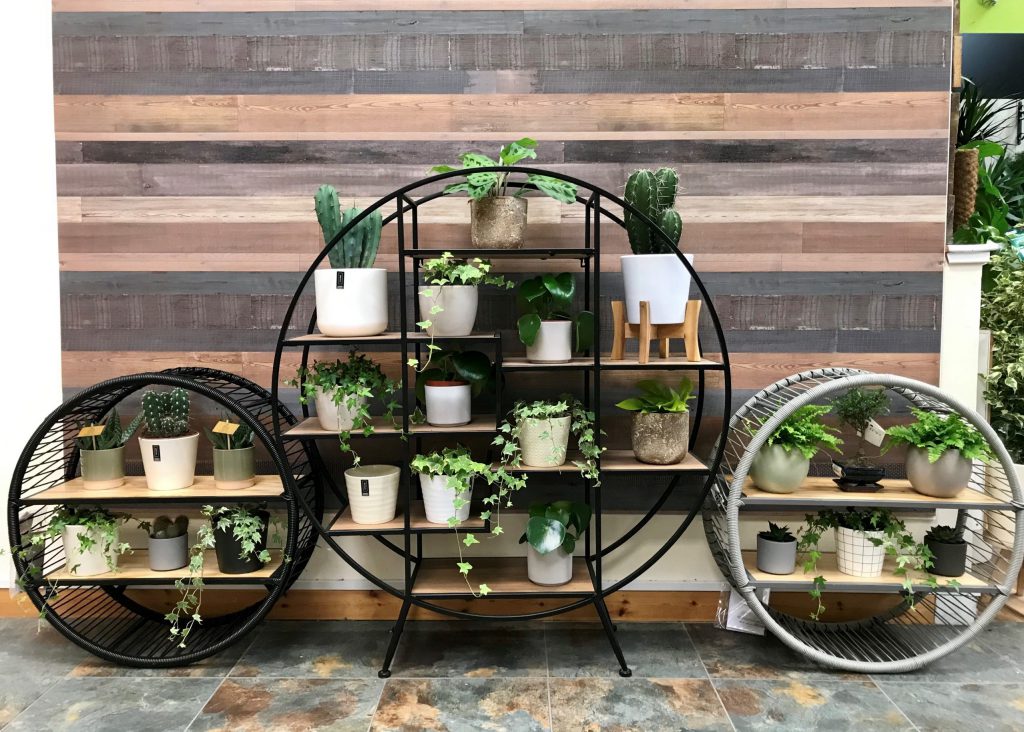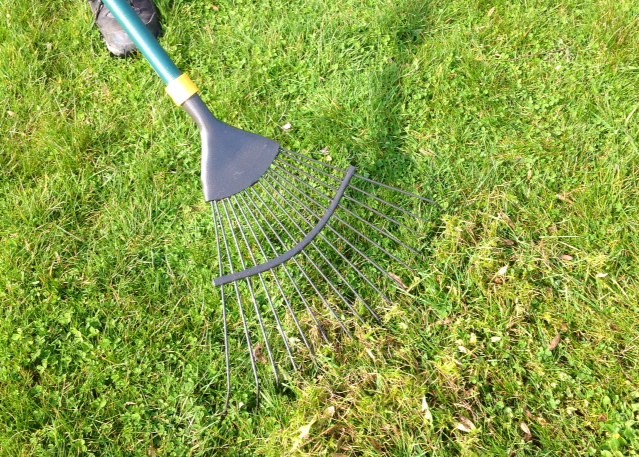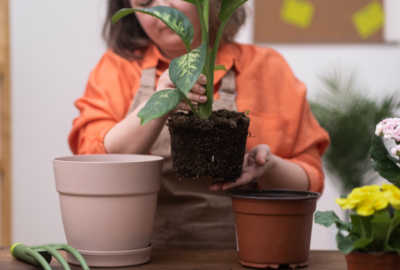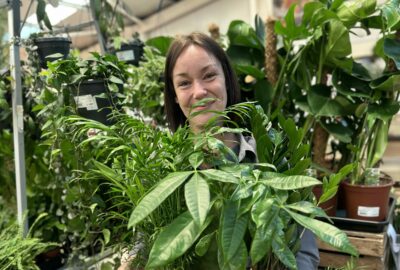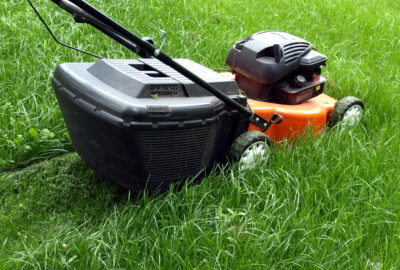Houseplant Advice, How To
Look After Houseplants
Indoor plants or houseplants come in all different shapes, sizes, foliage and blooms in every colour. Apart from regular watering and feeding, most house plants are easy and straight forward to look after. This simple guide will give you a few tips on how to look after your houseplants which need to be indoors all year.
Cultivation
Most house plants require bright filtered light. Light levels decrease rapidly as plants are placed further back from the window. It is important to avoid sun through glass as this can scorch the leaves of tropical plants.
As light levels fall in the winter some plants may benefit from being moved to a lighter position such as nearer a window as long as the minimum required temperatures can be maintained.
Most house plants thrive in warm rooms and even temperatures all year round.
During winter, move plants to rooms which are not overheated during the day, but maintain the required minimum temperatures. Avoid placing plants near open fires, radiators, in draughts, or on windowsills on frosty nights.
Tropical plants require a humid atmosphere. Mist plants daily, or, better, place on a tray of damp gravel, expanded clay granules (Hydroleca) or recycled lightweight aggregate (Hortag). Plants grouped together will create a humid micro-climate around their leaves.


Watering
Avoid overwatering as this can lead to root rot and the collapse of the plant. Let the surface of the compost dry a little before applying more water at room temperature then allow the plant to take up water as it is needed or allow excess to drain away. Do not let the plant sit in water.
Use rainwater for acid lowing plants such as Gardenia.
In winter, gradually reduce watering until the compost is almost dry between watering and then stop feeding, except where plants are growing vigorously or flowering.
Find out more about common houseplant issues as a result of poor houseplant watering and how to fix them HERE.
Feeding
Liquid feeds are generally the best. Choose one high in potassium for flowering plants. For foliage plants a more balanced feed is suitable. Controlled release fertilisers will last the growing season.
Specialist feeds are available for certain groups of plants such as orchids.
Most plants should only be fed when actively growing in March to September and reduce feeding in winter and do not feed plants that are resting.


Re-potting
After a year or two plants may need re-potted to maintain healthy growth. Choose a clean pot, one or two sizes larger than the original pot. Make sure that existing compost is moist before re-potting into a similar medium. Never re-pot unless the plant actually needs it. The best time to re-pot is in the spring.
Depending on your plant your may need to use a plant specific compost, however, unless stated a multipurpose houseplant compost will be suitable for most indoor plants. We have a great range of peat free compost options now available for houseplants as an environmentally friendly option – find out more about selecting your perfect peat-free houseplant compost HERE!
Pruning and Training
Pinch back shoots of young plants when in active growth to encourage branching. Trailing plants usually benefit from this. Most leafy, mature foliage plants don’t need to be pruned.
Many houseplants, with the exception of orchids and palms, can be renovated by cutting the old or damaged foliage back to base or by pruning to a healthy bud in spring. Water and feed well to aid recovery.
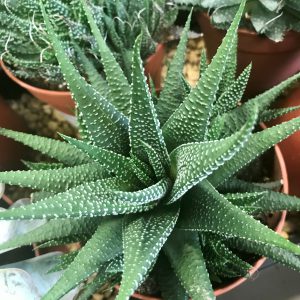

Propagation
Depending on the plant, houseplants can be propagated by division in spring (after flowering), softwood, semi-ripe cutting or leaf cutting during the growing season or by seed.
Problems
Houseplants can suffer from a few pest and diseases such as aphids, red spider mite, mealy bug and scale insect. These can all be treated with specialist products.
Overwatering, fluctuating temperatures and draughty positions are the main causes of leaf browning and drop. If your plant starts to brown, or leaves start to drop, look at your watering regime, and check room temperatures and draughts. This is a common problem in winter in centrally heated homes.
Comments are closed

